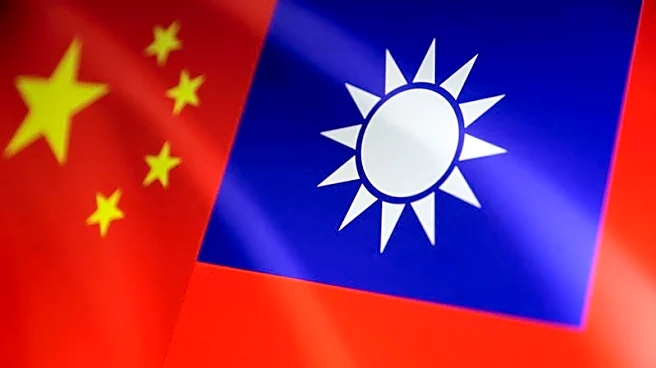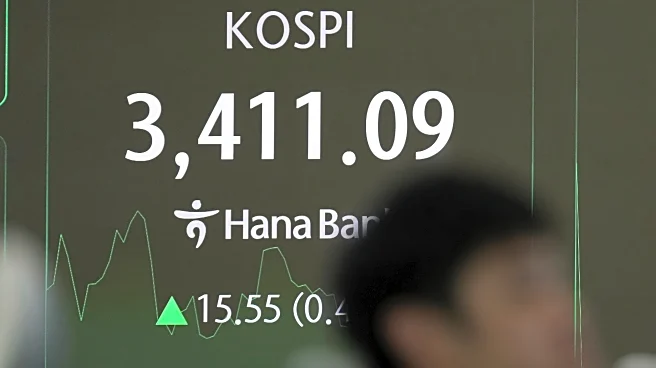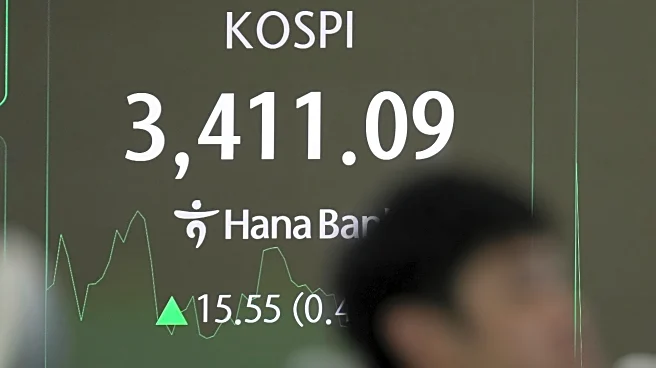What is the story about?
What's Happening?
Matcha, the popular powdered tea, is facing steep price increases due to rising global demand and supply challenges. In the U.S., retail sales of matcha have increased by 86% over the past three years, driven by consumer interest in its health benefits and social media trends. However, poor weather conditions in Japan, a major matcha producer, have reduced this year's harvest, while labor shortages and high demand have raised prices in China. Additionally, U.S. tariffs on imports from China and Japan are contributing to higher costs. Tea buyers are reporting significant price hikes, with the highest-grade Japanese matcha expected to cost 75% more, and lower grades seeing increases of 30% to 50%.
Why It's Important?
The rising prices of matcha could impact consumer behavior and the tea market in the U.S. Matcha enthusiasts may face higher costs, potentially leading to shifts in purchasing habits or exploration of alternative tea varieties. The tariff situation adds complexity, as it affects the affordability of imported matcha. Businesses in the tea industry may need to adjust pricing strategies or seek alternative suppliers to manage costs. The situation also highlights the interconnectedness of global supply chains and the influence of geopolitical factors on consumer goods.
What's Next?
Tea suppliers and retailers may explore sourcing matcha from different regions, such as China, where production is increasing. Companies might also consider diversifying their product offerings to include other tea varieties that are less affected by price fluctuations. Consumers could respond by adjusting their consumption patterns or seeking more affordable options. The U.S. government may face pressure to reconsider tariff policies on natural products like tea to mitigate the impact on consumers and businesses.
Beyond the Headlines
The matcha price surge underscores broader themes in global trade and consumer trends. The situation reflects the growing importance of health-conscious products and the influence of social media on consumer preferences. It also highlights the challenges of maintaining supply chain resilience in the face of environmental and geopolitical factors. The tea industry's response to these challenges could offer insights into strategies for navigating similar issues in other sectors.
AI Generated Content
Do you find this article useful?















